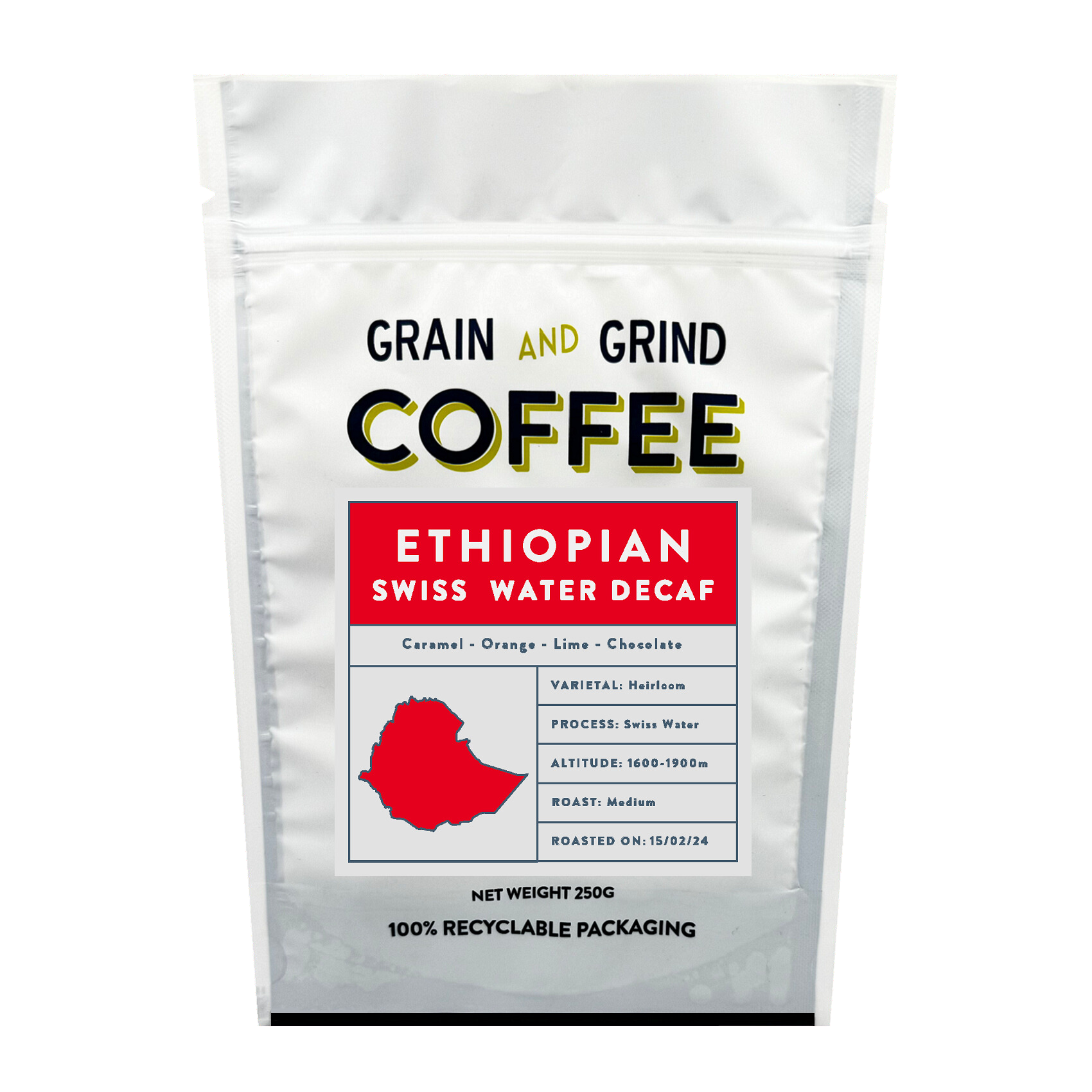Sidamo was a province that ended up being split between three Regions, SNNPR, which took the capital, Oromia, which took the majority of what was left, with Somali Region taking the rest. Coffee growing areas here are sited along a broad rift, north to south, from Hawassa to Gedeb. Along with Yirgacheffe, which is a smaller area within the Sidamo zone, the reputation for high grown and high quality washed coffees is well deserved, with the fragrant jasmine notes sitting over lemon, bergamot and tea like flavours seen as typical, though in truth the area can encompass a huge range of profiles.
Grades in Ethiopia are grouped in to four main categories, G1 and G2 being the top two washed grades, and G3 and G4 being the top two natural processed grades. This coffee is washed, with beans removed from the cherry through a de-pulper, before passing through a fermentation phase for 12-36 hours. Once this is finished the cherries are washed in clean water and then dried on traditional raised beds or occasionally patios.
Local smallholders grow heirloom varietals known locally by names such as Kumie, Diga, and Wilsho. The genetic diversity in Ethiopia is loosely grouped into regional denominations for buying – Limu, Djimma, Lekempti, Sidamo, Yirgacheffe, Harrar – with coffees recognized as having their own characteristics specific to each area. Amongst these areas though there can be a number of localized varietals, collectively called heirloom for ease, though not necessarily sharing the same characteristics as an heirloom plant from another region. This is why there is so much interest in the diversity of genetic material in Ethiopian coffees, but can be confusing in trying to figure out fine details.
To prepare the beans for caffeine removal, they are cleaned and hydrated with pure, local water, the beans are then introduced to an internally developed Green Coffee Extract (GCE), and caffeine removal begins. Caffeine ventures out on its own, away from the coffee beans into the GCE until the ratio of soluble compounds in the GCE to the compounds in the coffee reach the point of equilibrium. Caffeine and GCE flow continuously through carbon filters until all the caffeine is trapped and separated from the GCE, which is refreshed so that it can be used again and again to remove more caffeine. The process is monitored for around 10 hours and caffeine levels checked as well as time, and gauge temperature controls, until the coffee is 99.9% caffeine free.


Reviews
There are no reviews yet.